We routinely refer to memberships in CSA farms as “shares,” but until recently the aptness of that terminology hadn't struck me.
But the other day I wondered what a CSA “bond” would look like.
In a sense, we already know. There are a number of farms – often larger ones, but not exclusively – which make arrangements to buy-in produce from CSA colleagues or another local farm in the case that certain crops fail or do unusually badly on the home soil. In one way, this may be looked at as simple conscientiousness on the part of the grower, but it is not uncontroversial in CSA circles. Many Community Supported Agriculture traditionalists view the at-risk nature of the buy-in by the member as essential to a model in which the community truly supports the agriculture. With too much guaranteeing by the farmer, the relationship with the eater turns into something more like bond-issuance than the purchase of an equity share. The farmer essentially lines up “backing” (albeit from other farmers rather than a bank) so that she/he can guarantee a return on a subscriber's membership fee, presumably one which, at worst, represents a modest premium for the purchaser over the value of food that could be got at market during the same time-frame.
Farmers who hew to a more share-based approach can occasionally be heard to cluck their tongues at this sort of arrangement, but it would be wise to be careful and not just because our colleagues deserve our respect. The CSA market has broadened enormously over the past 20 years and – as in the financial markets – bonds may be more approprite for some than stocks, especially if it gets them to eat from fields in the nearby countryside rather than California. Though I've not yet heard of such a thing, I wonder if farms seeking to expand might capitalize by issuing multi-year bonds in addition to their shares, paying out modest dividends in vegetables while using the cash-flow to increase their productive capacity.
But that's not what I sat down to write about.
I'm really here to crow about how WELL our share-holders are doing this year. After totting up the numbers so far, I'd say the prospects for a record return on investment look almost inevitable, unless Erin and I happen to die right after lunch this afternoon. So far, 2015 has delivered nearly 20% more calories than 2014 (9,230 vs 7,740), and 31% more weight in vegetables and fruit (77 vs 59 lbs). And – perhaps despite your perceptions – not all of the increase is in cucumbers. The big winner this year is in fact broccoli, appearing in 9 shares (for 7-plus lbs so far) vs. 2 weeks-worth (2 lbs) last year. Cabbage is nearly double last year's poundage (8 lbs vs. 4.5 lbs) when a good portion of our crop succumbed to leaf tip-burn due to uneven moisture. Potatos are also way up – 1,450 calories-worth so far in 2015, vs. about 900 last year. Overall, it looks like we'll be heading north of 180 lbs per share this year, a mark we hit in 2010, and maybe once or twice back in the late 90's or early 2000's.
Why things are doing so well this year is a bit of a mystery. A recent survey of some other FRESH growers about productivity this season elicited terms like “all right” and “not too bad,” but nothing like “exceptional” or “the best in many years,” which is how I would describe it. Rainfall / moisture is probably part of it. The generally wet/humid climate of the upper midwest causes a great deal of trouble for a number of both fruits and vegetables, which is why the arid regions of the west – where surface water can be had from summer snowmelt flowing from the mountains rather than constantly falling rain – are so productive. 2015 has given us just barely the requisite moisture so far, with a long stretch of almost rainless days since many susceptible items like tomatos, peppers, broccoli and plums have come into production. But we're in a lucky spot in NW Sauk County – south and west of us, drought conditions have just been officially declared, while parts further north and some parts east have been unduly wet.
The final six weeks of the harvest look to be at least on a par with what we've seen hitherto. An early-ripening melon this past week was delightfully sweet, auguring well for those that will begin showing up in shares as we join September. Lots more potatos and onions are on their way. Our winter squash looks at least as productive as last year. Pears and hardy kiwi are certain to be way up, since both were hobbled in 2014 by the record-late Spring green-up. Apples are always a bit of a crap-shoot, but look to be at least as productive as last year.
So, thank you for buying an equity share of our yearly production and putting your hard-earned money at risk. It looks like this year it's going to pay off.
-rm

